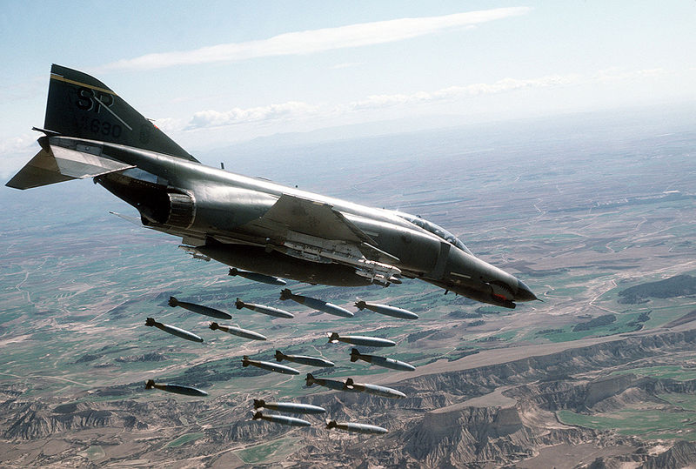
The supreme art of war is to subdue the enemy without fighting, Sun Tzu penned. In June 2025, Ukraine showed a contemporary version of that adage drone power, trickery, and data to disable part of Russia’s strategic bomber arm with no pilot setting foot across the border. Spider’s Web was the culmination of an 18-month stealthy operation that stretched from the Arctic to Siberia, hitting targets previously thought to be off-limits.

This was no routine tactical triumph. It was a lesson in how commercially motivated, low-cost technology, joined with forethought planning, could capitalize on the vulnerabilities of even the most heavily defended weapons platforms. But its implications for defense analysts and planners extend far beyond Eastern Europe, into the future of the cost vs. technology vs. strategy equilibrium in modern aerial combat.
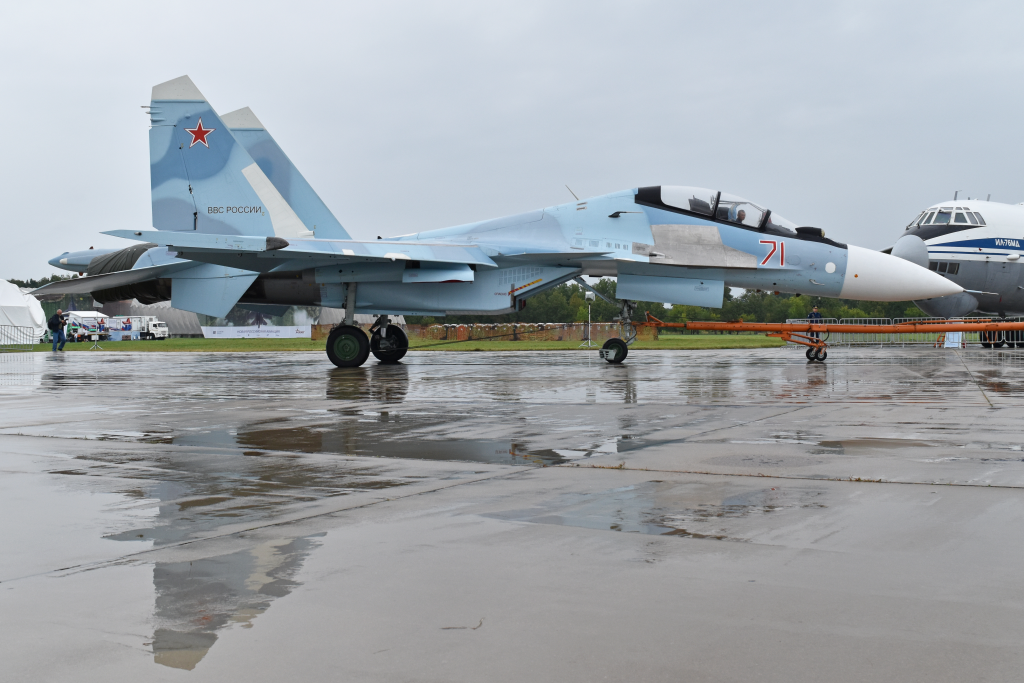
1. A $50 Million Fighter Is Lost in Rostov
On April 24, 2025, Ukraine’s intelligence agency announced the downing at Rostov‑on‑Don of a Russian Su-30SM fighter, the command center of Russia’s southern military district. The twin‑seat, thrust‑vectoring warplane, worth approximately $50 million, was the emblem of Moscow’s air capabilities. Targeting it on native soil was at the same time a tactical disruption and a political blow. Open-source satellite imagery identified new burn marks on the tarmac, supporting the allegation despite efforts by Moscow to dismiss the loss. What the attack communicated was that even central bases, previously thought to be safe, were in reach of Ukrainian operations.

2. Operation Spider’s Web: A Multi-Theater Strike
Launched on 1 Jun 2025, Spider’s Web hit four strategic air bases Olenya, Diaghilevo, Belaya, and Ivanovo thousands of km away. Over 40 high value aircraft, including Tu‑95MS, Tu‑22M3, Tu‑160 bombers, and seldom seen A‑50 AWACS aircraft, had been destroyed or damaged, the Security Service of Ukraine announced. Planning had started 18 months previously and drones and explosives had been transported to Russia in wooden cabins on trucks. By launching from roadside locations close to the bases, Ukrainian forces had evaded the Pantsir and S‑300 defenses and shown that geographical isolation no longer provides immunity.
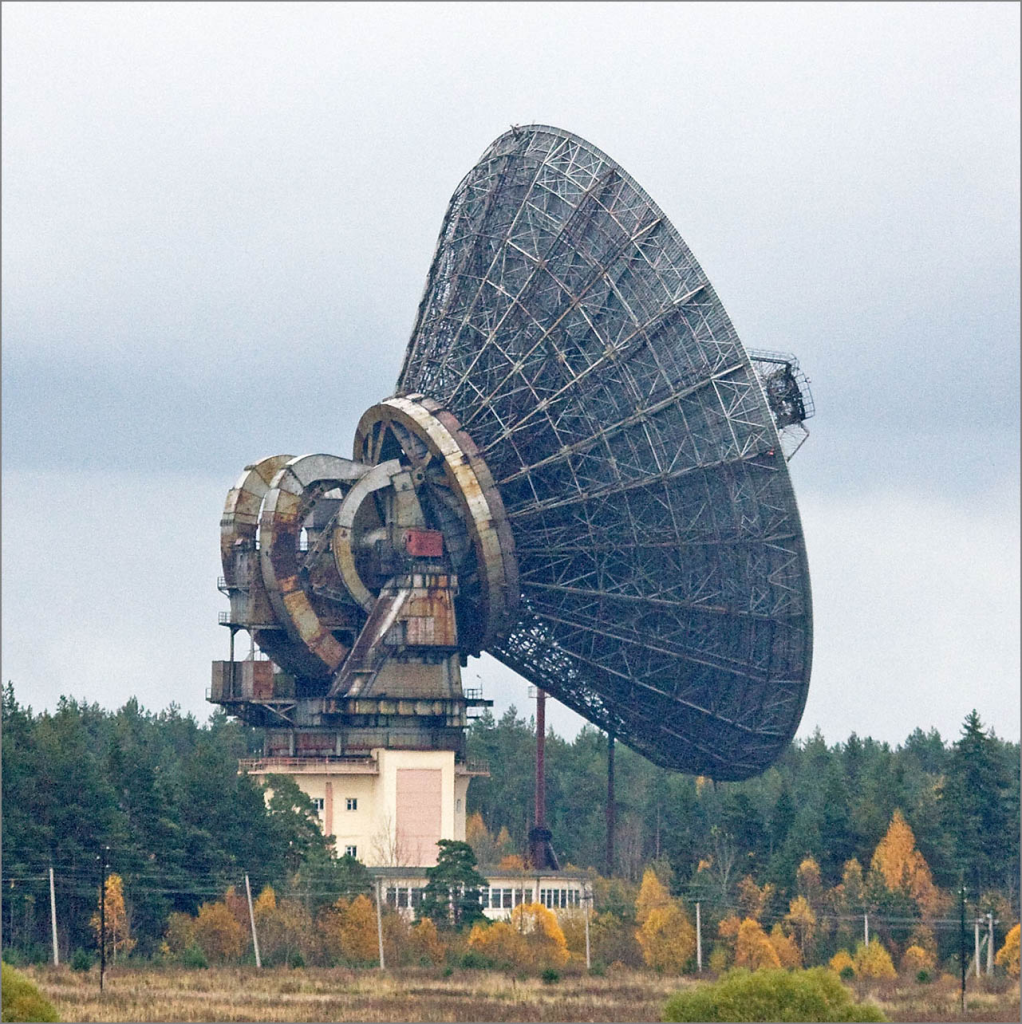
3. Converting Civilian Infrastructure into a Weapon
One of the innovative aspects of the operation was its employment of Russian civilian telecommunications and logistics. Unbeknownst to the truck drivers, camouflaged launch platforms were transported to designated spots, and the drones were operated on Russia’s own 4G/LTE networks. Gas stations and highway lay-bys were improvised launch points. This dual‑use exploitation confounded the defense planning and illustrated how the domestic infrastructure of nations could easily become a liability in contemporary warfare.

4. AI‑Assisted Targeting for Precision Strikes
These FPV aircraft incorporated open-source ArduPilot autopilot software, on-board processors, and machine vision models that had been trained on preserved Ukrainian aircraft in museums. They pinpointed potential vulnerable spots fuel tank seams, underwing pylons with terminal-phase adjustments to maximize damage. AI brings target accuracy up to nearly 80%, from previous accuracies of 30–50% before the incorporation of AI. This man-machine synergy of human direction and autonomous guidance both foreshadow the future direction toward commercially available, software-defined precision munitions.
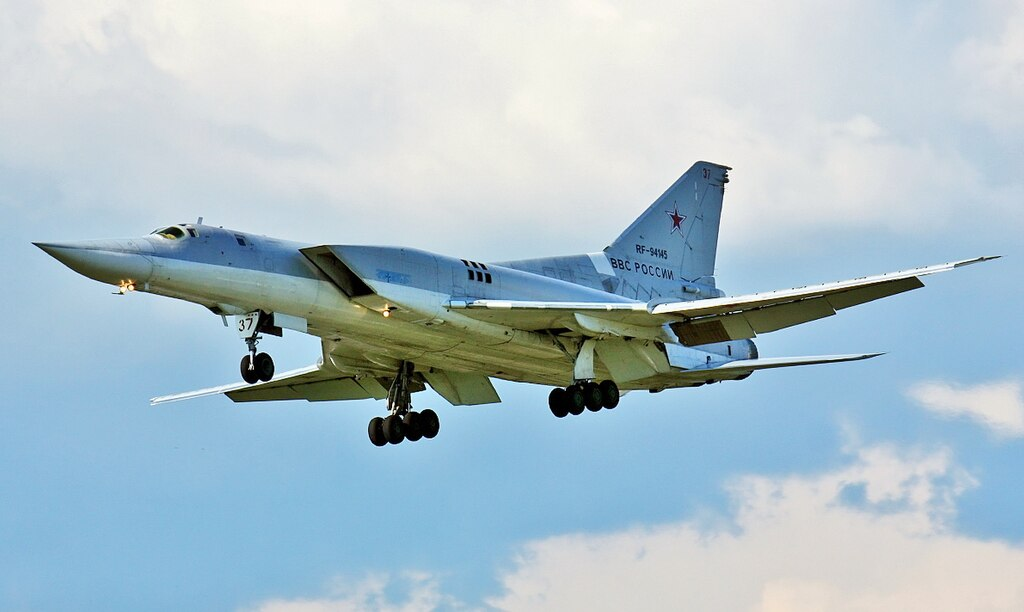
5. Irreplaceable Losses to Russia’s Strategic Fleet
By April, a number of the bombers that had been hit including Tu‑95s and Tu‑22M3s were no longer being produced. Analysts like the International Institute for Strategic Studies’s Douglas Barrie note that Russia “has no immediate ability to replace” them. The A‑50 AWACS aircraft pool, less than ten in number, similarly continued to lose aircraft. Such losses decrease long‑range strike capability, situational awareness, and command‑and‑control abilities that can only be regained in years, not months. Damages incur no only financial costs but also long-term operational handicaps.

6. Economics of Asymmetric Warfare
Spider’s Web highlighted the severe cost disparity between offense and defense. Ukraine employed drones that cost less than $1,000 to blow up aircraft that cost hundreds of millions. This reflects past paradigm shifts, like the 1940 Battle of Taranto, where small carrier‑born aircraft reshaped naval doctrine. Massed, high‑value assets no matter how advanced are becoming more susceptible to diffuse, low‑cost, high‑ingenuity threats. Resilience and diversification might become even more important at all militaries than platform prestige.
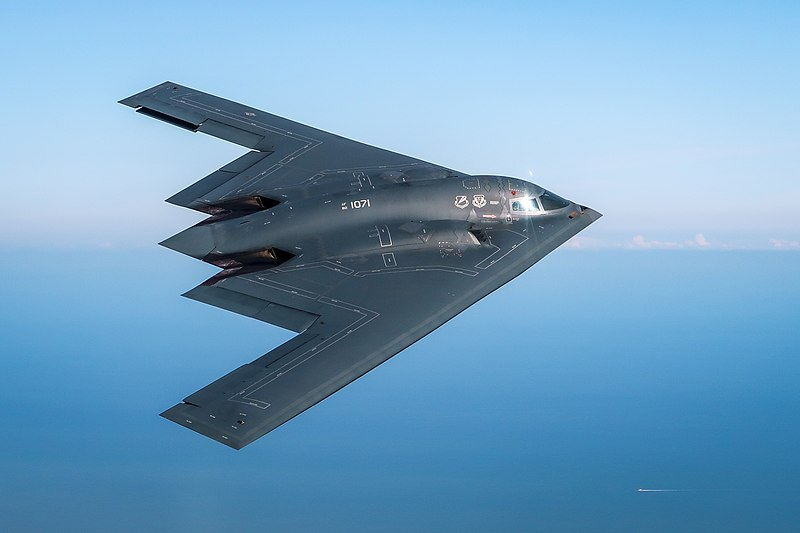
7. Global Defense Planning Implications
The vulnerabilities exposed have resonance far beyond Ukraine. Experts warn that similar tactics could threaten U.S. B‑2 bombers in Missouri or naval assets in San Diego, with drones launched from concealed containers in domestic ports or rail yards. Countermeasures from hardened shelters and camouflage to electronic warfare and rapid‑response interceptors require urgent investment. As inexpensive, flexible drones proliferate, the ability to anticipate and neutralize them will be a decisive factor in future conflicts.
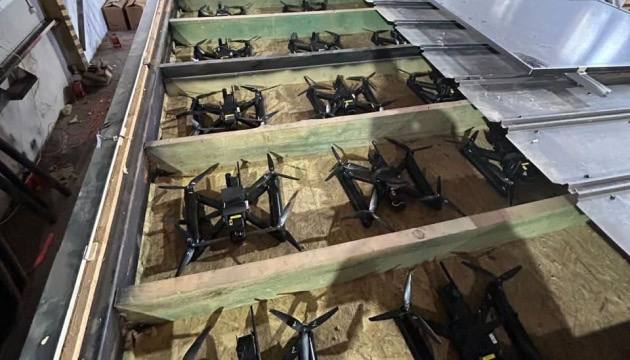
Spider’s Web was no revolution in the character of war, but a master lesson in exploiting underappreciated vulnerabilties with creativity, patience, and cunning adaptive use of technology. It illustrated that in the era of AI-enabled, inexpensive precision systems, assumptions about what’s safe, secure, and off-limits no longer apply. Defense planners have this imperative: adapt now, or wind up in someone else’s web.
